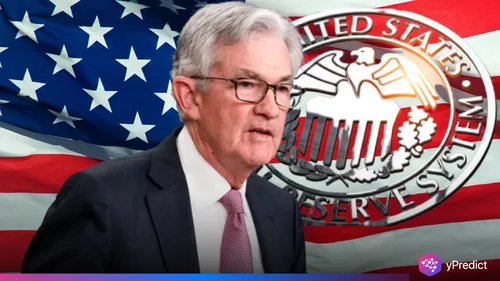
President Donald Trump’s latest tariff threat has reignited tensions between the United States and the fast-growing BRICS alliance. As leaders from Brazil, Russia, India, China, and South Africa gathered in Rio de Janeiro for the BRICS summit 2025, Trump announced that any country aligning with what he labeled the “Anti-American policies” of the bloc would face an additional 10% tariff.
This statement, posted on Truth Social just hours after the summit opened, underscored Trump’s renewed “America First” stance in trade and diplomacy. The Trump BRICS tariffs message was clear, siding with the bloc’s independent agenda would come at an economic cost. Yet, the BRICS nations appeared unfazed as they continued to strengthen their case for a multipolar world order and institutional reform.
BRICS Leaders Rally for Multilateralism
The summit opened with an assertive note as Brazil’s President Luiz Inacio Lula da Silva characterized BRICS as the “heir to the Non-Aligned Movement,” a nod to efforts by developing nations to avoid commitment to U.S. or Soviet influence during the Cold War. He indicated that BRICS intends to act diplomatically in a way that is multilateral and reflects global governance in turbulent times.
Lula cautioned attendees about increasing global trade tensions, noting that protectionist policies are eroding sovereignty, and the BRICS now represent over half of the global population and 40% of global economic output. BRICS members want to reform the institutions of the IMF and UN Security Council to share power more equitably in a more representative world.
Trump’s Tariff Threat and Political Signaling
Trump’s 10% tariff warning came as a direct response to the growing cohesion within BRICS. Although he did not specify what “Anti-American policies” meant, his post made it clear that countries working closely with BRICS would face consequences. The administration is also racing to finalize a series of bilateral trade deals before July 9, when retaliatory tariffs are set to take effect.
The Trump BRICS tariffs announcement is part of a broader strategy to discourage the alignment of emerging economies with rival blocs. It also appears aimed at reshaping global supply chains around U.S. interests, regardless of the diplomatic fallout.
A Diverse BRICS Grows Stronger
This year’s summit was notably larger and more diverse. In addition to the founding members, new participants such as Ethiopia, Iran, Egypt, the UAE, and Indonesia were present. Although Saudi Arabia has not formally joined, over 30 countries have expressed interest in joining or associating with BRICS.
Despite internal diversity, the group released a strong joint statement condemning rising tariffs and military interventions. They criticized attacks on Iran and Gaza and pushed for trade justice, including WTO reform. The leaders also backed a pilot for a BRICS Multilateral Guarantees initiative to boost investment within the bloc.
Xi Skips, Putin Joins Online, Modi Stands Firm
Notably absent from the summit in person was Chinese President Xi Jinping, who sent Premier Li Qiang instead. Russian President Vladimir Putin attended virtually due to his ICC arrest warrant. However, Indian Prime Minister Narendra Modi and South African President Cyril Ramaphosa were physically present, signaling continued commitment to the bloc’s agenda.
The group’s presence at Rio’s Museum of Modern Art marked a moment of solidarity despite geopolitical differences. Still, the expanding membership raises questions about the bloc’s long-term cohesion and shared goals.
Technology, Climate, and Trade Dominate Discussions
Beyond tariffs and diplomacy, the BRICS leaders discussed the ethical use of artificial intelligence. They called for safeguards against unauthorized AI use and excessive data harvesting. The group also welcomed efforts to pilot fair payment systems and responsible innovation.
Brazil, the summit host, used the platform to position itself as a climate leader ahead of the UN climate summit later this year. China and the UAE expressed interest in supporting Brazil’s Tropical Forests Forever Facility to finance forest conservation.
Strategic Posturing or a Global Shift?
Trump’s renewed trade aggression may bolster nationalist sentiment at home, but it risks deepening U.S. isolation in the long run. BRICS, while not without its contradictions, is fast becoming a symbol of resistance to Western dominance. The BRICS Summit 2025 illustrated that the bloc is more than symbolic; it’s a forum where serious alternatives to current global norms are taking shape.
If the U.S. continues down this path of economic confrontation, it may find more nations shifting toward cooperative models like BRICS. In the end, Trump’s tariff threat might do more to unify the bloc than divide it.







